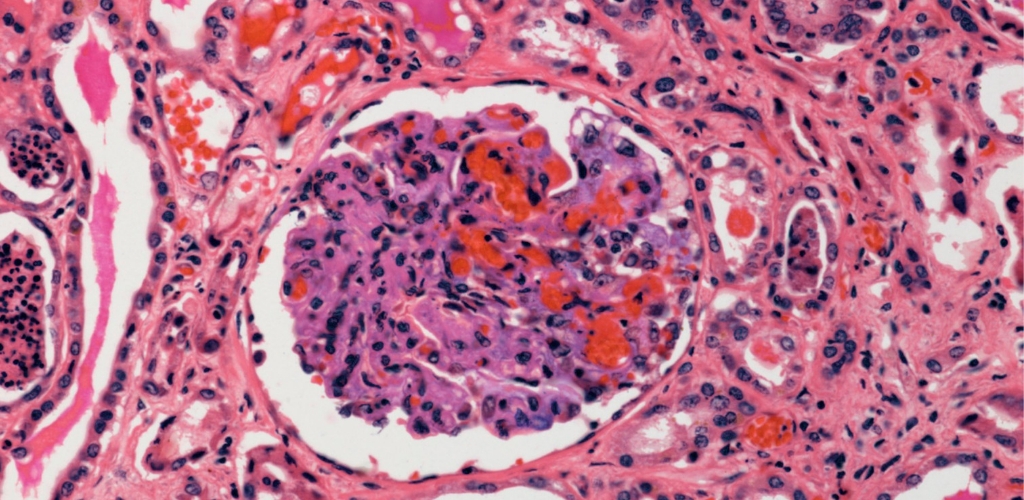Histopathology is a crucial field of study that involves the examination of tissue sections to diagnose diseases and disorders. Hematoxylin and eosin (H&E) staining is a widely used technique in histopathology that highlights the cellular and tissue elements in tissue sections. However, the presence of artifacts, such as pen marks and scanning artifacts, can significantly impact the accuracy of histopathological diagnoses. In this blog post, we will discuss the recent advancements in rapid artifact removal and H&E-stained tissue segmentation that have improved the field of histopathology.
Rapid Artifact Removal: A Technique to Improve Histopathological Diagnosis
Rapid artifact removal is a technique that aims to minimize the adverse effects of artifacts on histopathological diagnoses. This technique involves using enzymes to break down proteins and other compounds responsible for artifact formation. Rapid artifact removal has the potential to improve the accuracy and reliability of histopathological diagnoses, particularly in cases where subtle changes are crucial for accurate classification.
H&E-Stained Tissue Segmentation: Automated Analysis of Tissue Components
H&E-stained tissue segmentation is a crucial step in histopathological studies, as it allows for the automated analysis of tissue components, such as cell types, structures, and other morphological features. Recent advancements in automated tissue segmentation techniques, such as machine learning and deep learning algorithms, have enabled more accurate and efficient identification of tissue components, leading to improved diagnostic accuracy and reduced interobserver variability.
Advancements in Histopathology: Applications and Future Prospects
The advancements in rapid artifact removal and H&E-stained tissue segmentation have opened up new possibilities in histopathology, enabling more accurate diagnoses, better understanding of disease processes, and the development of targeted therapies. As research in this field continues to progress, we can expect to see even more innovative techniques and applications that will further enhance the field of histopathology and improve patient outcomes.
Recent Research on Rapid Artefact Removal and H&E-Stained Tissue Segmentation
A recent study published in Scientific Reports presented an innovative method for rapidly segmenting H&E-stained tissue in whole-slide images (WSIs) that eliminates a wide range of undesirable artefacts such as pen marks and scanning artefacts. The method involves taking a single-channel representation of a low-magnification RGB overview of the WSI in which the pixel values are bimodally distributed such that H&E-stained tissue is easily distinguished from both background and a wide variety of artefacts. The study demonstrated the effectiveness of the method on 30 WSIs prepared from a wide range of institutions and WSI digital scanners, each containing substantial artefacts, and compared it to segmentations provided by Otsu thresholding and Histolab tissue segmentation and pen filtering tools. The results showed that the method segmented the tissue and fully removed all artefacts in 29 out of 30 WSIs, whereas Otsu thresholding failed to remove any artefacts, and the Histolab pen filtering tools only partially removed the pen marks.
In conclusion, rapid artefact removal and H&E-stained tissue segmentation are essential components of histopathological studies, and recent advancements in these techniques have the potential to significantly improve the accuracy and reliability of histopathological diagnoses. As research in this field continues to advance, the integration of these techniques into routine histopathological practice will lead to better understanding of disease processes and the development of more effective treatments, ultimately benefiting patients and improving healthcare outcomes.
Citations:
[1] https://www.nature.com/articles/s41598-023-50183-4
[2] https://www.leicabiosystems.com/us/knowledge-pathway/he-staining-overview-a-guide-to-best-practices/
[3] https://gitlab.developers.cam.ac.uk/bas43/h_and_e_otsu_thresholding
[4] https://hms.harvard.edu/news/rise-clones




